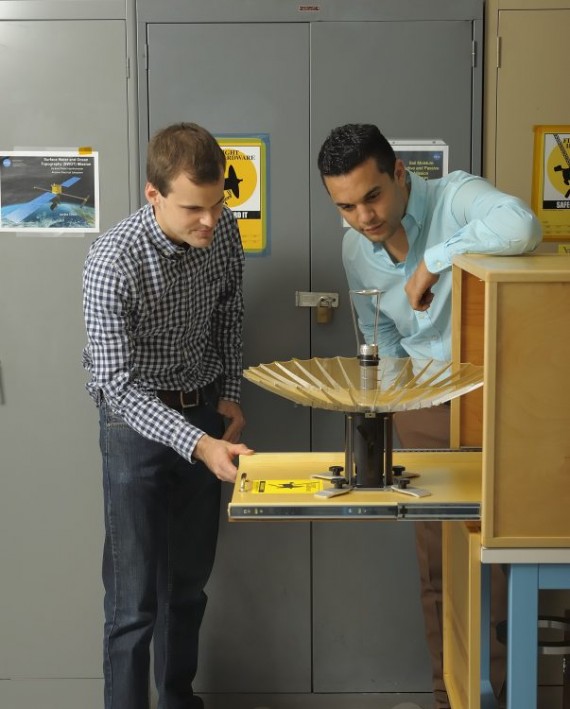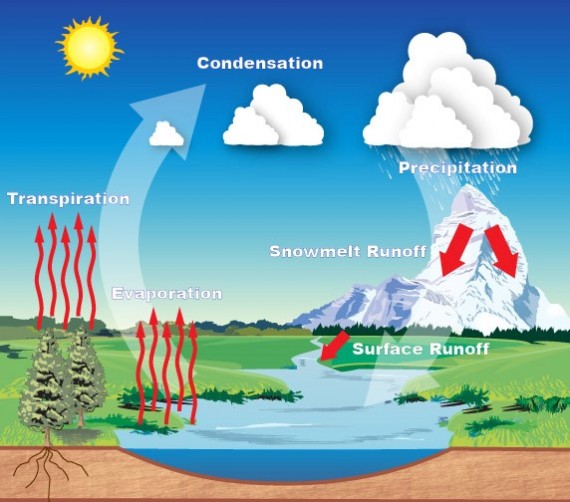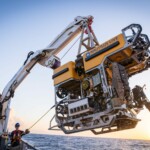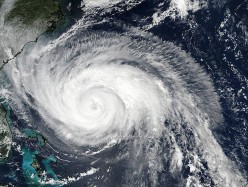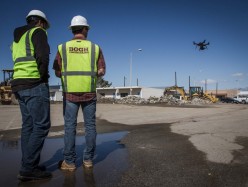-
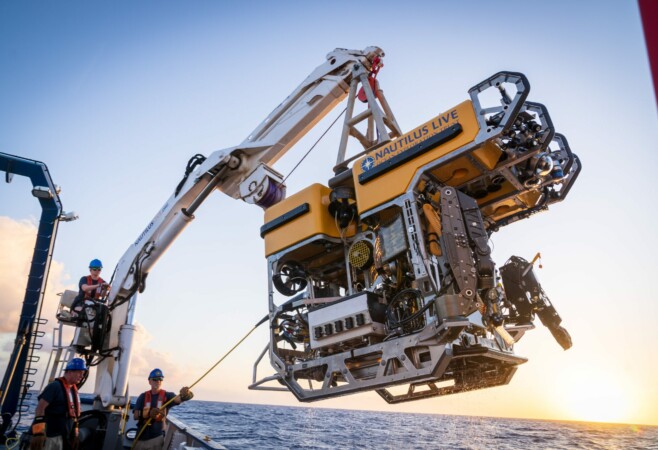
May 13th, 2025
Expedition Sets Sail to Explore Active Underwater Volcanoes and Deep Sea with Advanced TechnologyOn May 7, 2025, the Ocean Exploration Trust exploration vessel Nautilus sets sail on its first expedition of 2025 to explore the ocean surrounding the Mariana Islands. This region is largely shaped by the forces of plate tectonics, with some of the oldest seafloor on the planet being driven into the Mariana Trench (the deepest ocean trench) and then
-
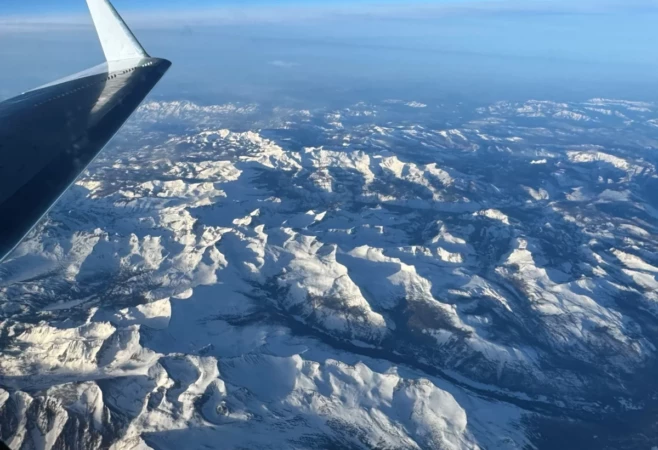
April 26th, 2025
NASA Tracks Snowmelt to Improve Water ManagementAs part of a science mission tracking one of Earth’s most precious resources–water–NASA’s C-20A aircraft conducted a series of seven research flights in March that can help researchers track the process and timeline as snow melts and transforms into a freshwater resource. The agency’s Uninhabited Aerial Vehicle Synthetic Aperture Radar (UAVSAR) installed on the aircraft
-
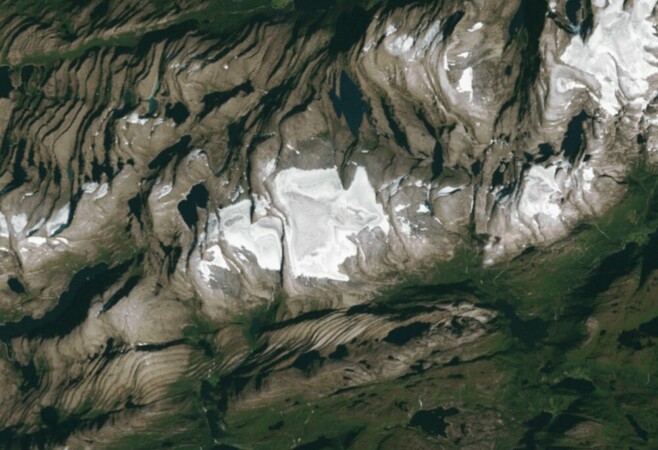
April 14th, 2025
Norway’s Ålfotbreen Glacier Melting Faster in Recent SummersEven in the far north and in a wet climate, Norway’s Ålfotbreen glacier is rapidly shrinking. This glacier grew as recently as the 1990s but has been getting smaller since then due to more frequent and intense heat waves. Scientists have found that ice loss from mountain glaciers globally has been speeding up over time. Image
-
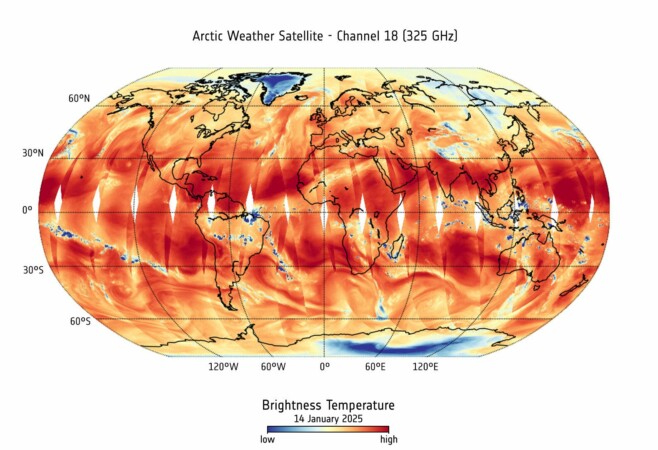
March 31st, 2025
Arctic Weather Satellite Introduces a New ChannelLaunched just seven months ago, ESA’s Arctic Weather Satellite has been proving how the New Space approach can accelerate the development of missions capable of delivering detailed temperature and humidity profiles for short-term weather forecasts. Moreover, the impact of this small prototype satellite goes even further–remarkably, its measuring instrument has been recognised as able to provide data

